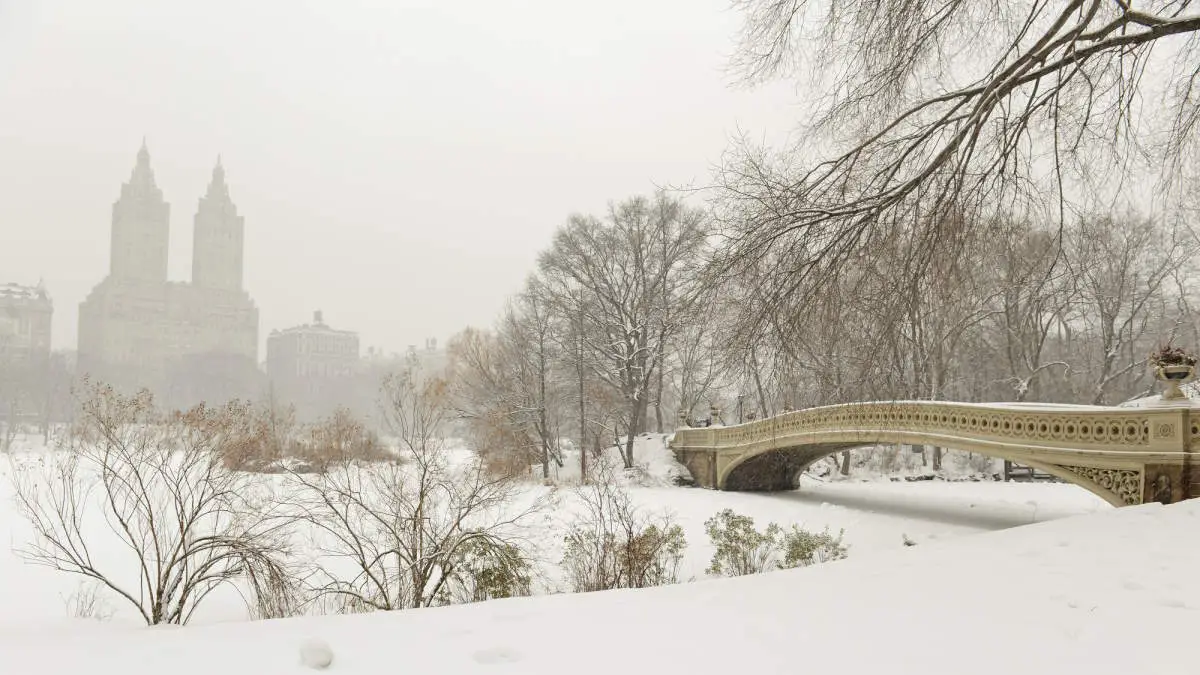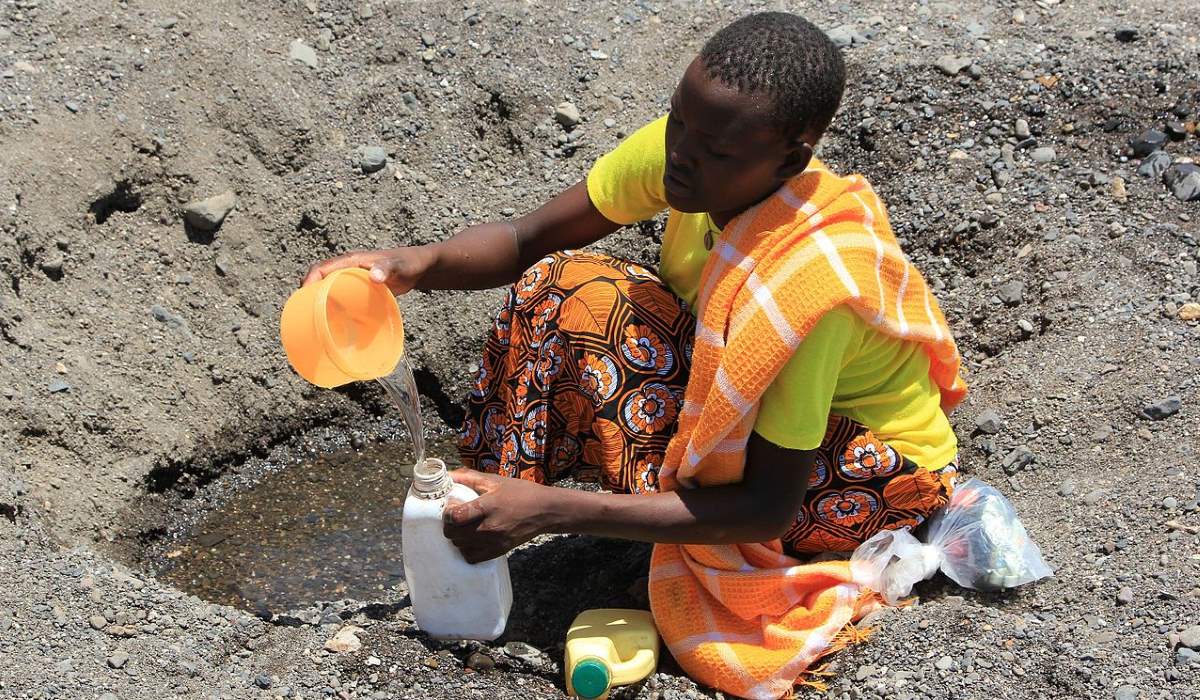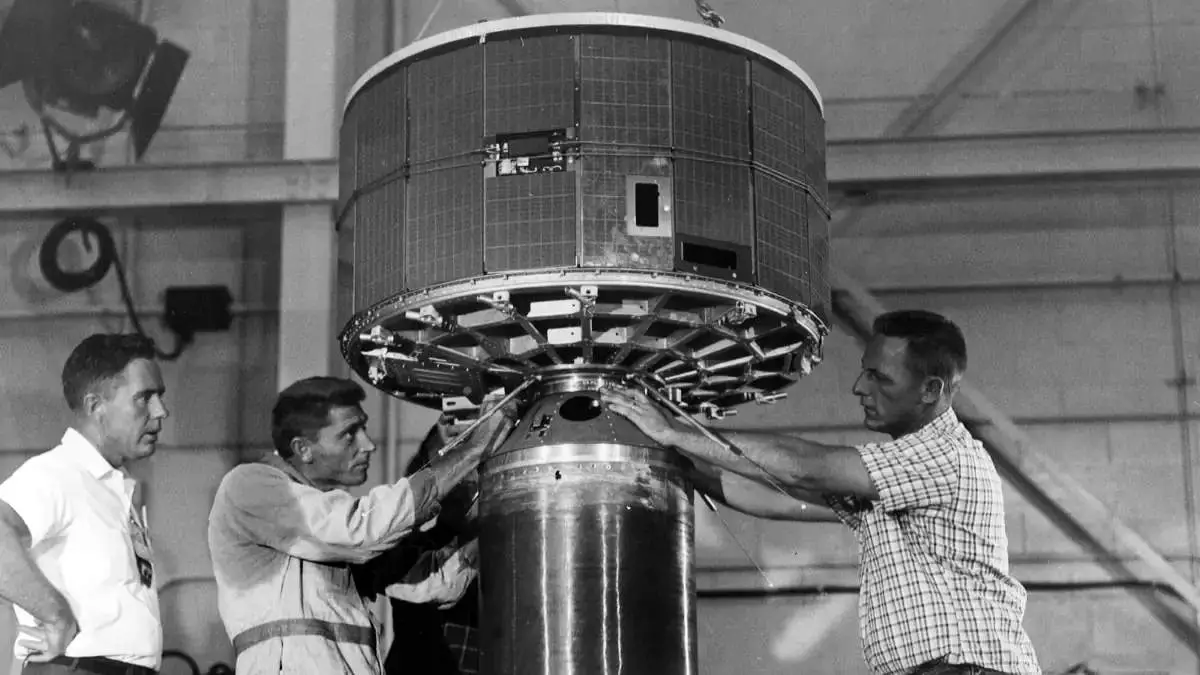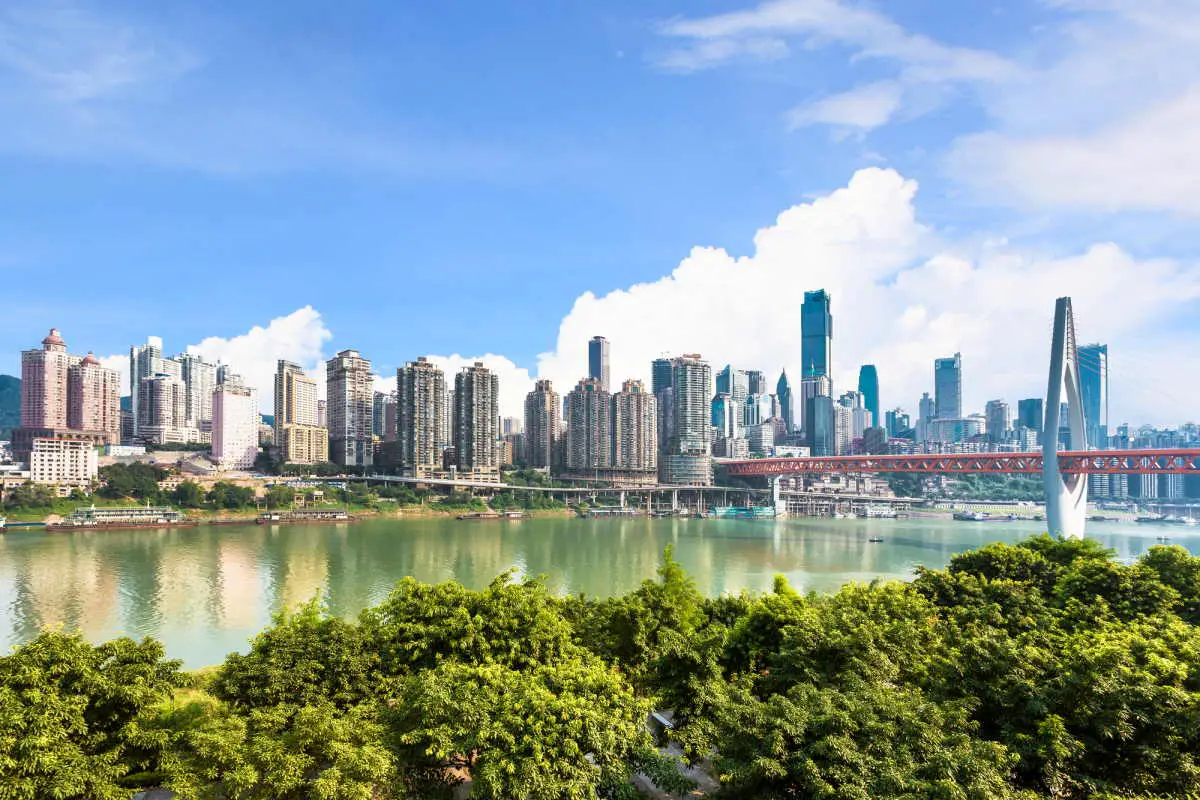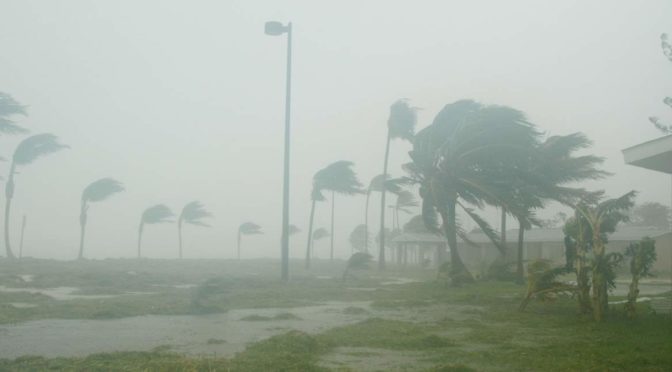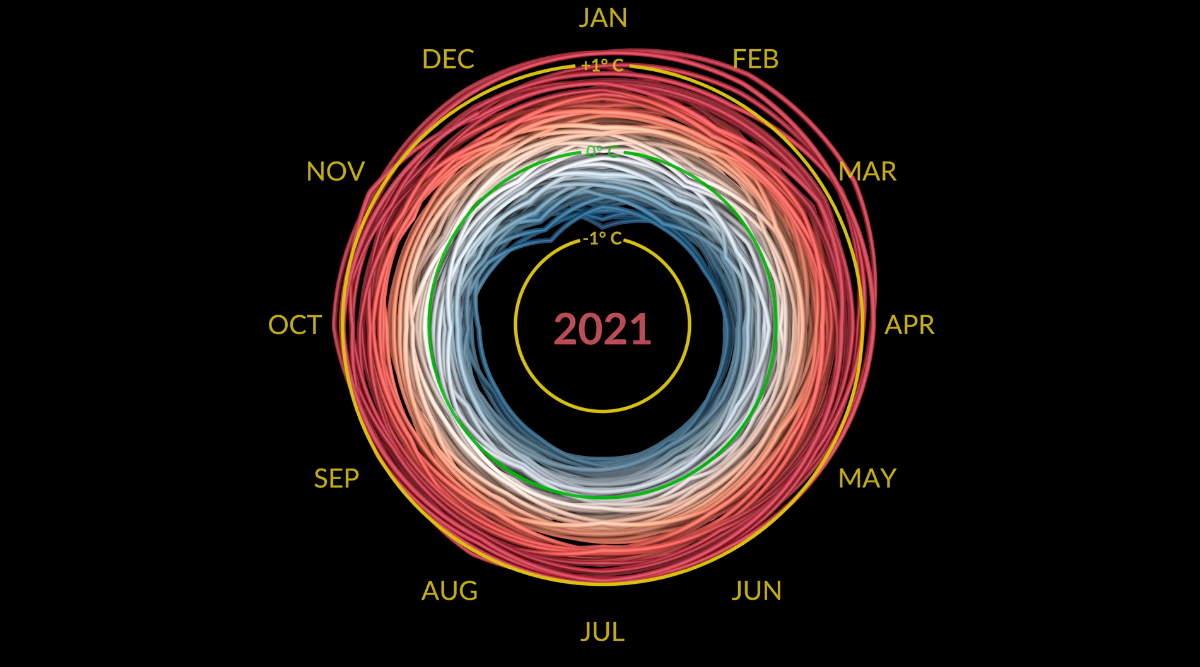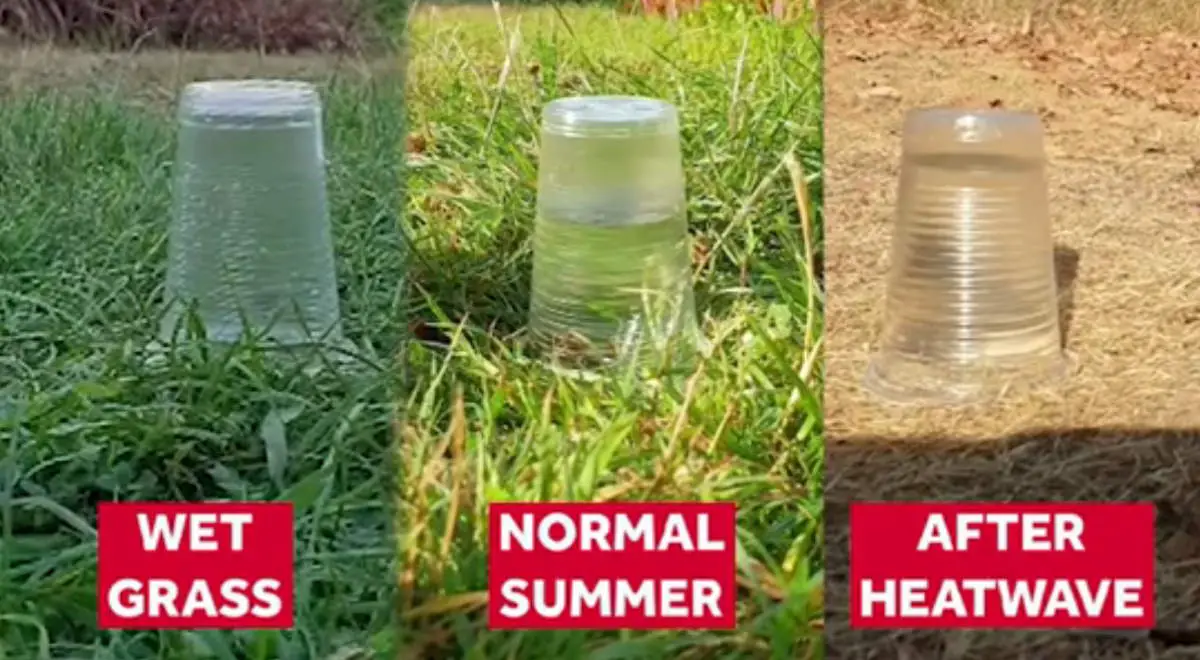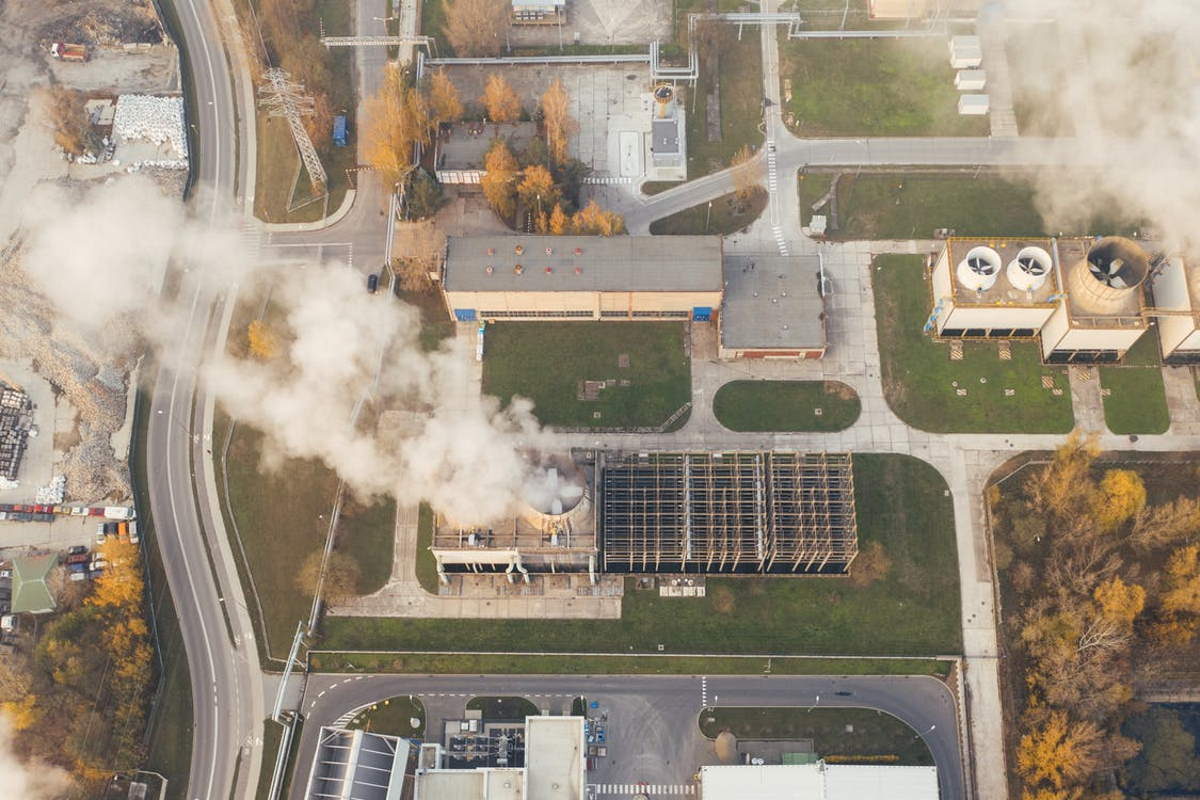Despite human-induced climate change (global warming), a seemingly paradoxical phenomenon has been observed: harsher winters in some regions. Central to understanding this phenomenon is the polar vortex, a vast whirlpool of cold air encircling the poles, strongest in winter. However, under the influence of global warming, this vortex can weaken and even collapse. This disruption, often driven by sudden stratospheric warming events and changes in atmospheric pressure systems, allows frigid Arctic air to spill southward, bringing unexpected and severe cold spells to mid-latitudes. Thus, while the planet warms overall, the effects of a destabilized polar vortex illustrate how climate change can lead to complex and counterintuitive weather patterns, including colder winters in some areas.
